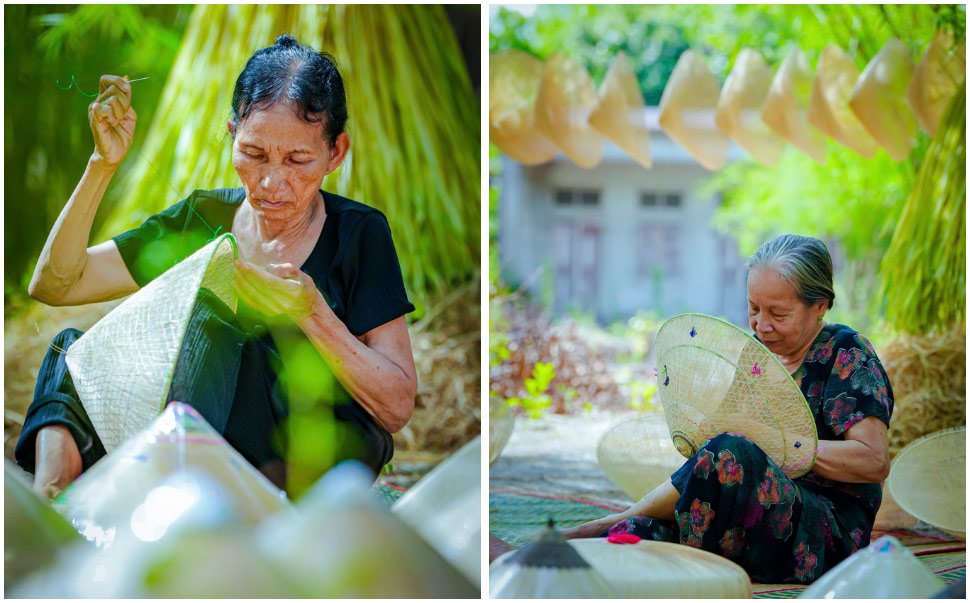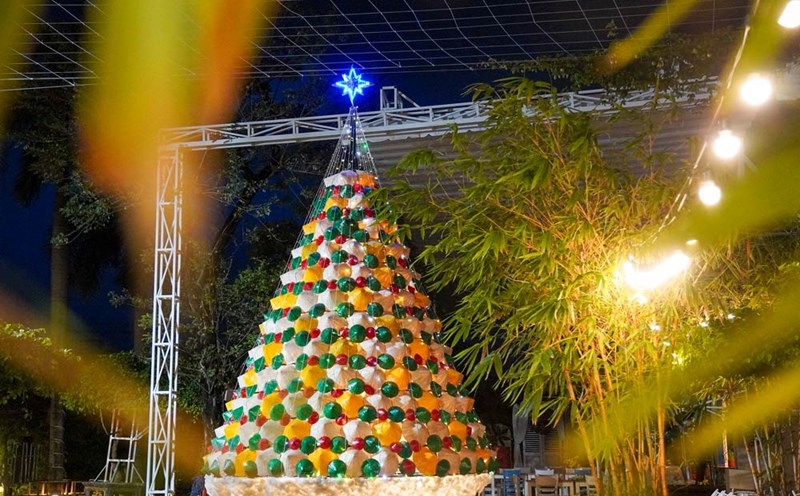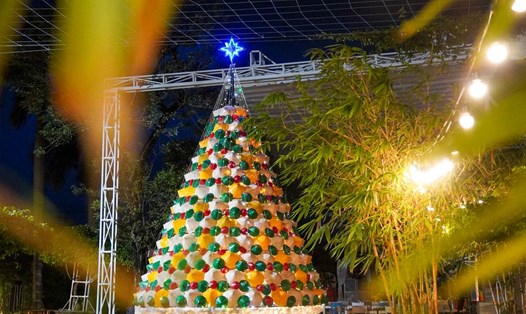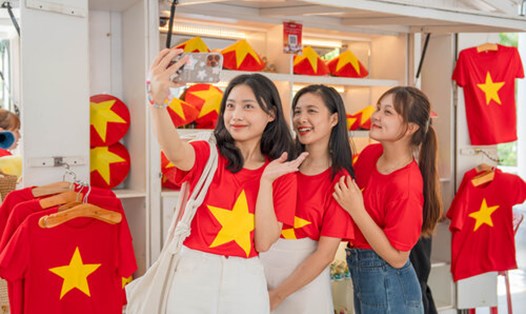Phu Gia horse hat craft village in Cat Tuong commune (Phu Cat district, Binh Dinh) not only has more than 300 years of history but also has become a famous cultural symbol, famous both domestically and internationally. Phu Gia horse hat is not only a unique handicraft product, but also a cultural symbol of the land of Nau with a beauty that is both sophisticated and powerful. The name "horse hat" originates from the image of authority of ancient authorities, when riding horses and wearing hats to affirm their position and majestic demeanor.

In the past, horse hats were mainly made to serve kings and mandarins. The patterns on the hats often had noble motifs such as "dragon, unicorn, turtle, phoenix" - the four sacred animals symbolizing power and status. In particular, each hat model for the aristocracy was a product of ingenuity and sophistication. The sophisticated motifs on the Phu Gia horse hat were not only for decoration, but also showed the rank and authority of the mandarin using it. These skillfully embroidered patterns made a difference, helping the hat exude a noble look while still maintaining its elegance and softness.
The main materials to create a Phu Gia horse hat include palm leaves, pineapple roots and giang tubes - familiar products of Binh Dinh. To create a Phu Gia horse hat, artisans must perform 20 sophisticated manual steps, each step requiring absolute dexterity and meticulousness. Of which, the 4 main steps that make the difference include: Creating the rib, tying the rib, embroidering patterns and covering with leaves. With the meticulous crafting process, each Phu Gia horse hat has outstanding durability, can be used from 150 to 200 years. Many hats from the 19th century to the present are still preserved in Phu Gia, proving the timeless value of this craft village.
Today, Phu Gia craft village has developed strongly with more than 110 households participating in production, providing more than 3,300 products each year. Not only stopping at the domestic market, Phu Gia horse hats have reached out to the international market, becoming a quintessential souvenir, imbued with Vietnamese cultural identity. To meet the needs of the times, artisans of the craft village have created new, modern hat designs while still maintaining traditional identity. Creative designs not only optimize materials and production efforts but also enhance the value of the product, helping Phu Gia horse hats continue to be loved.
Over the past three centuries with many ups and downs, the craft of making Phu Gia horse-hats was once thought to be forgotten. However, thanks to the flexible creativity of the local people and timely support from the local government, the craft village has revived and developed strongly. Now, Phu Gia horse-hats are no longer just a product of the royal court, but have become a cultural symbol of Binh Dinh province, with the product widely exported and popular in many places.
On April 9, 2024, the Phu Gia horse-hat making craft was recognized by the Ministry of Culture, Sports and Tourism as a National Intangible Cultural Heritage, becoming the fifth heritage of Binh Dinh, alongside famous heritages such as traditional martial arts, opera, Bai Choi art and the Ba Pagoda - Nuoc Man Port Festival. This title not only affirms the sustainability and unique cultural value of the horse-hat craft, but also honors the contributions of artisans who have devoted themselves to preserving and promoting this precious heritage.
(Article from the Central Highlands - Central Spring Labor publication 2025)





